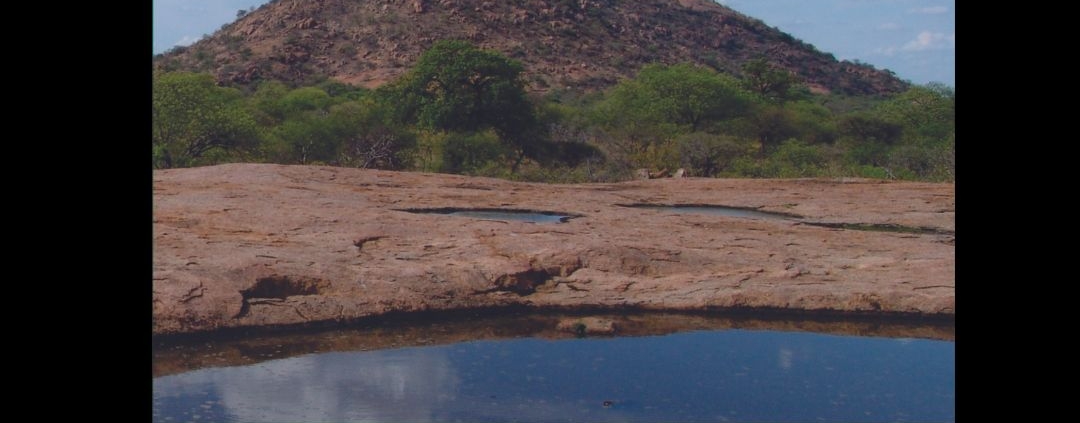New Book – Wild Flowers of the Limpopo Valley (Updated)
Please allow me to introduce myself. I am living on a private game farm near Mapungubwe National Park, west of Musina, where my husband Tuba and I are managing an area of 9300 ha.
For the past 23 years we have been privileged to live in this largely unspoilt area and spent quite a lot of our time studying the biodiversity of the Limpopo Valley. Our keen interest in the collection and identification of the lesser known herbaceous plant species led to the publication of my first field guide “Wild Flowers of the Limpopo Valley including Mapungubwe National Park” in August 2009. The survey was registered as a SANPARKS research project and all plant identifications were done in conjunction with SANBI (South African National Biodiversity Institute).
Our research did, however, not end there. A second project aimed at the Fungi and Lichens of the area commenced in 2011 and was funded mainly through the proceeds of the wild flower book. After nine years of intense research in conjunction with various South African and international experts a second publication saw the light in December 2020. Fungi & Lichens of the Limpopo Valley is the first book on the subject for the area and one of only a few for Southern Africa. It deals with more than 290 species including at least 4 species new to science.
During 2021 we became aware of the need for a guide book regarding the grasses of the Limpopo Valley and decide to produce an easy-to-use visual guide on the subject, based on our own herbarium collection obtained from veld monitoring over the years. 50 Grasses of the Limpopo Valley enable land owners to identify the different species at first glance. The descriptions focus on the characteristic features of the specific species as well as its ecological significance and anticipated reaction to external influences. The main aim of the book is to contribute to proper veld management and soil conservation.
As I am passionate about the conservation of healthy ecosystems and the role that the natural vegetation plays within these areas, I have contributed photographs of various species over the years to field guides by other authors dealing with wetland plants and wild flowers of areas such as Botswana, the Kalahari and the Waterberg.
The total imprint of 2000 copies of the first edition of Wild Flowers of the Limpopo Valley was sold out during 2018, and there has ever since been a constant demand for a re-print. After careful consideration and with the encouragement and support of fellow plant enthusiasts such as Ondine Schrick of Silverhill Seeds & Books, I have decided not to do a straight re-print, but to produce a revised version. This includes a large number of name changes due to the latest taxonomical research, additional information, distributions records and photographs. Fifty plus species from the area, which were not included in the first edition, have also been added. These include various species that are of importance, such as Dicliptera gillilandiorum, a species of conservation concern – red listed as “rare” and endemic to the area, a number of species protected under the Limpopo Environmental Management Act (2003), as well as some alien and invasive species to encourage the eradication there of.
It is hoped that this publication will lead to greater awareness of the abundance of the area’s flora. Without well-documented records, the conservation of species cannot be ensured and the impact of new developments in the area on these species cannot be measured.
I would like to express my sincere appreciation to the following sponsors – Silverhill Seeds and Books, Oppenheimer Generations and Mapula Trust for their generous donations towards the printing costs.
Retha van der Walt



